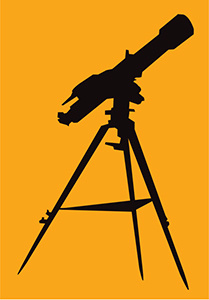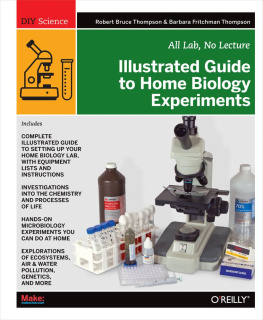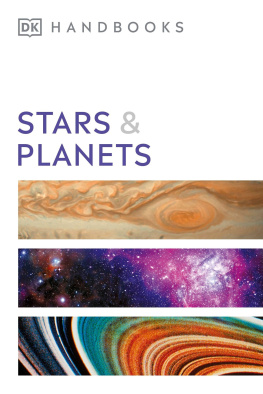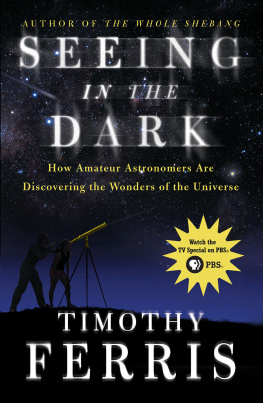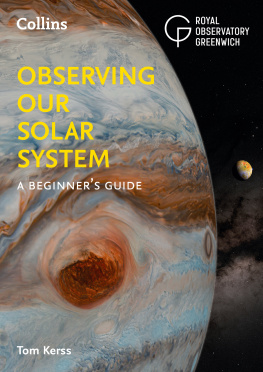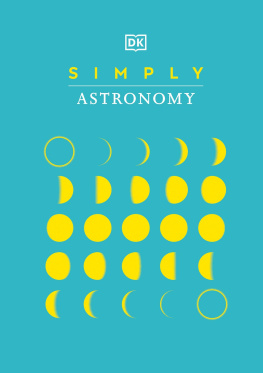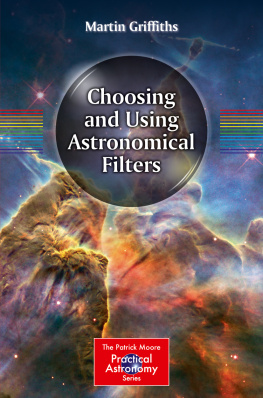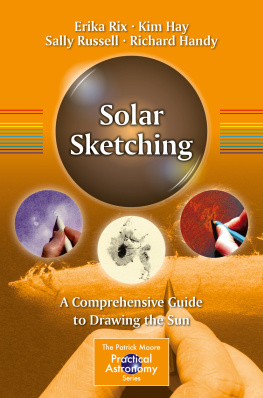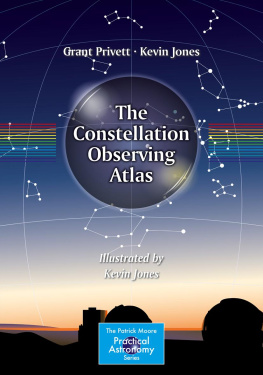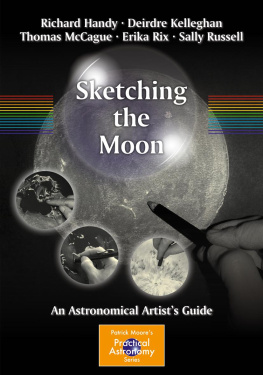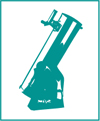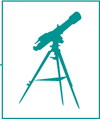Contents
ILLUSTRATED GUIDE TO
ASTRONOMICAL WONDERS
First Edition
Robert Bruce Thompson
Barbara Fritchman Thompson
DIY Science
ILLUSTRATED GUIDE TO ASTRONOMICAL WONDERS
by Robert Bruce Thompson & Barbara Fritchman Thompson
Copyright 2007 Robert Bruce Thompson & Barbara Fritchman Thompson. All rights reserved. Printed in U.S.A.
Published by Maker Media, Inc., 1160 Battery Street East, Suite 125, San Francisco, CA 94111.
Maker Media books may be purchased for educational, business, or sales promotional use. Online editions are also available for most titles (.
Print History | Publisher: Dale Dougherty |
August 2015 | Associate Publisher and Executive Editor: Dan Woods |
Second Release | Editor: Brian Jepson |
Creative Director: Daniel Carter |
October 2007 | Designer: Alison Kendall |
First Release | Production Manager: Terry Bronson |
Indexer: Patti Schiendelman |
Cover Photography: Steve Childers |
The Make logo is a registered trademark of Maker Media, Inc. Make: Electronics, the cover image, and related trade dress are trademarks of Maker Media, Inc.
Many of the designations used by manufacturers and sellers to distinguish their products are claimed as trademarks. Where those designations appear in this book, and the publisher was aware of the trademark claim, the designations have been printed in caps or initial caps.
While the publisher and the author have used good faith efforts to ensure that the information and instructions contained in this work are accurate, the publisher and the author disclaim all responsibility for errors or omissions, including without limitation responsibility for damages resulting from the use of or reliance on this work. Use of the information and instructions contained in this work is at your own risk. If any code samples or other technology this work contains or describes is subject to open source licenses or the intellectual property rights of others, it is your responsibility to ensure that your use thereof complies with such licenses and/or rights.
978-0-596-52685-6
[LSI]
To John Dobson, whose creativity and engineering skills made large telescopes affordable and ubiquitous.
Robert Bruce Thompson and Barbara Fritchman Thompson
Illustrated Guide to Astronomical Wonders
DIY Science
Preface
We wish someone else had written this book years ago. We could have used it ourselves when we started observing the night sky. Instead, we had to deal on our own with the same two problems that every beginning amateur astronomer faces: which objects to observe and how to find them.
There are any number of observing lists, of course, some of them much better suited for beginning and intermediate observers than others. The Astronomical League (www.astroleague.org) has several observing lists suitable for beginners (along with many others suited only for advanced observers). RASC, the Royal Astronomical Society of Canada (www.rasc.ca), publishes an excellent list for intermediate observers. As useful as these lists are, when we were getting started what we really wanted was a consolidated list by constellation that included a wide variety of astronomical objects of all types for both telescopic and binocular observing. So for this book we made our own list by merging the best observing lists for beginning and intermediate astronomers.
We started, of course, with the famous Messier List, which includes 110 of the best and brightest objects visible in the night sky, and is universally recommended as the best first list for beginners to pursue. As a follow-on to the Messier List, we added the RASC Finest NGC Objects list, which includes 110 of the best and brightest non-Messier objects. For binocular observing, we added the Astronomical League Binocular Messier List and Deep-Sky Binocular List, which together include all of the best objects visible with binoculars for mid-northerly observers. For those who observe from light-polluted urban locations, we added the Astronomical League Urban Observing List, which includes both deep-sky objects and multiple stars. Finally, we added the Astronomical League Double Star List, which includes many of the finest multiple stars visible in the night sky. Taken together, these six lists total nearly 400 of the best objects visible in the night sky.
With that out of the way, we turned next to addressing the problem of how to find these objects. The first time we observed these objects, we did it the hard way, using general star charts and planetarium software running on our notebook to track down each object, one by one. Wouldnt it be nice, we thought, if we had a book that listed each object, with directions on how to find it and a description of what it should look like in our telescope or binocular? Oh, and how about individual large-scale finder charts for each object, showing where that object lay in relation to nearby stars and how to move our finder scope to center the object in its cross-hairs? And, as long as we were making a wish-list, we thought it would be nice to have photographs of the objects.
There are a lot of astronomy field guides out there. Some are excellent, but none of them offered everything we wanted when we were getting started. Most beginner guides cover too few objects. Once you have observed that limited listtypically just the Messier List with perhaps a handful of extra objectsyouve outgrown that book. We decided instead to include enough objects to keep even a frequent observer busy for a long time. Even if you observe every dark, clear night, it should take you at least a year, and more probably two or three years, to observe all of the objects in this book.
By the time you finish this book, youll have long since graduated from beginner status to have become an intermediate to advanced observer. Instead of depending on others for help, youll find that other members of your astronomy club have started coming to you for help and advice. Youll also have completed the requirements for the RASC Finest NGC Objects certificate as well as for the certificates of five Astronomical League Observing Clubsthe Messier Club, the Binocular Messier Club, the Deep-Sky Binocular Club, the Urban Observing Club, and the Double Star Club, which is half of the ten AL club lists you need to finish to qualify for the coveted Astronomical League Master Observer certificate.
Look Before You Leap
As tempting as it may be to turn immediately to the constellation chapters and start observing, if you intend to pursue the Astronomical League and RASC certificates you should read at least . The various Astronomical League observing clubs have specific rules and requirements for observing and logging objects, which differ from club to club.

